When it comes to the exciting world of mixed martial arts (MMA), there are rules and regulations that govern the sport. The Ultimate Fighting Championship (UFC), one of the most popular MMA organizations, follows the Unified Rules of Mixed Martial Arts. These rules not only ensure fair competition but also prioritize the safety of the fighters. In this article, we will explore the red flags and ufc illegal moves in that every fan should be aware of. From piledriving to eye poking, we will delve into the forbidden techniques that can result in point deductions or even disqualifications.
Piledriver wrestling move
Piledriving is a technique commonly seen in professional wrestling, where a fighter holds their opponent, flips them over, and drives their head into the mat. While it may be a spectacle in the world of entertainment wrestling, it is strictly prohibited in MMA due to the potential for severe spinal injuries. The impact of a piledriver can cause significant damage to the spine, making it a dangerous move that can lead to long-term consequences for the fighters involved.
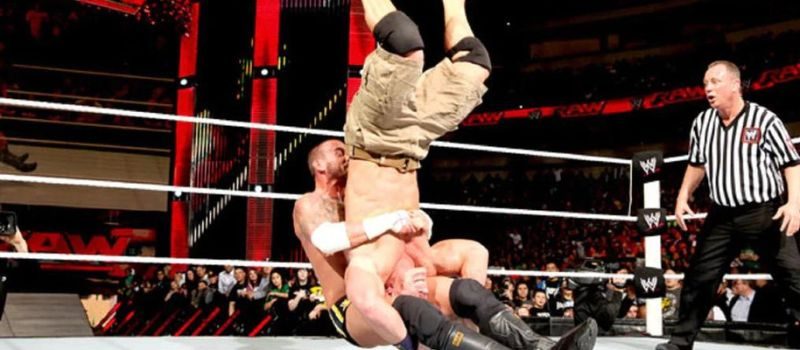
Fish hooking mma
Fish hooking involves inserting fingers into the opponent’s mouth, nose, or other orifices and pulling or tearing the tissues. This unsportsmanlike behavior is strictly forbidden in the UFC and is considered one of the most unlawful acts a fighter can commit during a fight. While it may be taught as a self-defense technique in certain martial arts, fish hooking can cause significant pain and injury to the opponent, resulting in disqualification for the offending fighter.
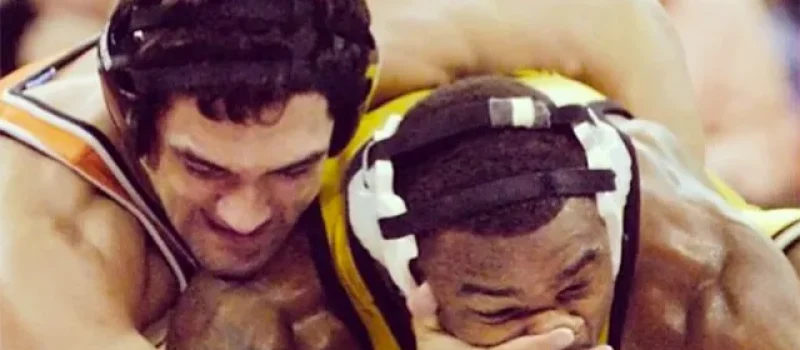
Headbutts
Headbutts, as the name suggests, involve striking the opponent with the head. This technique utilizes the hard bones of the forehead or the back of the skull to target sensitive areas such as the eyes and nose. While headbutts are permitted in certain combat sports like Lethwei, they are strictly banned in the UFC. The potential for severe brain trauma and lifelong damage makes headbutting an opponent a dangerous and prohibited move. It is essential to prioritize the safety and well-being of the fighters in the Octagon.
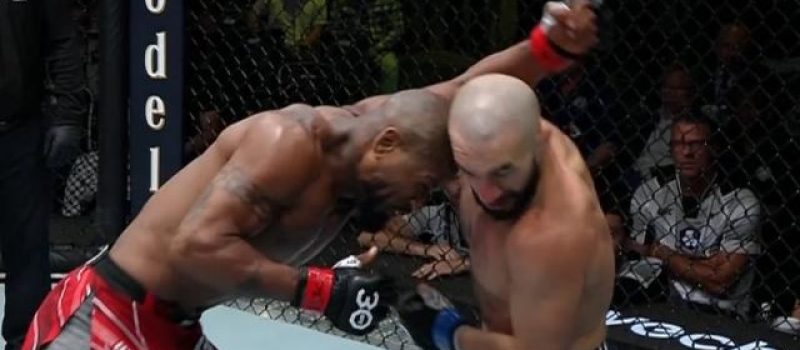
12-6 elbow
One of the big ufc illegal moves is a 12-6 elbow strike involves moving the forearm from a straight-up position (12 o’clock) to a straight-down position (6 o’clock), creating a downward striking motion. This technique is called a 12-6 elbow due to the clock reference. While it may seem like an effective strike, 12-6 elbows are prohibited in the UFC. The main reason for this ban is the potential for significant harm to the opponent’s brain. The force generated by a 12-6 elbow can cause severe injuries, making it a dangerous move that can result in disqualification.
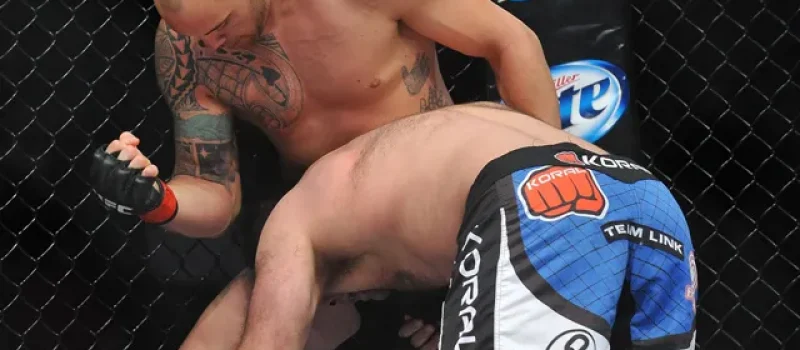
Groin Strikes
Groin strikes involve intentionally hitting the opponent’s groin region. Due to the sensitivity of the groin area, these strikes can cause immediate and debilitating pain. While accidental groin strikes can occur during fights, intentional strikes to the groin are strictly prohibited in the UFC. Fighters are required to wear protective cups, but even accidental strikes can be excruciatingly painful. In the event of a groin strike, the affected fighter is given a recovery period of up to five minutes. If they cannot continue within this time frame, the bout may be declared a no contest or subject to disqualification.it is also a big part of ufc illegal moves
Throat Strikes
Strikes or kicks to the throat are not permitted in the UFC. While accidental punches or kicks to the neck or throat can happen due to the dynamic nature of the sport, intentional strikes to the throat are strictly prohibited. Fighters are not allowed to pull their opponent’s head back to expose the neck region while using the other hand to attack the throat. The potentially severe consequences of throat strikes, such as damage to the airway and potential loss of consciousness, make them illegal and dangerous.
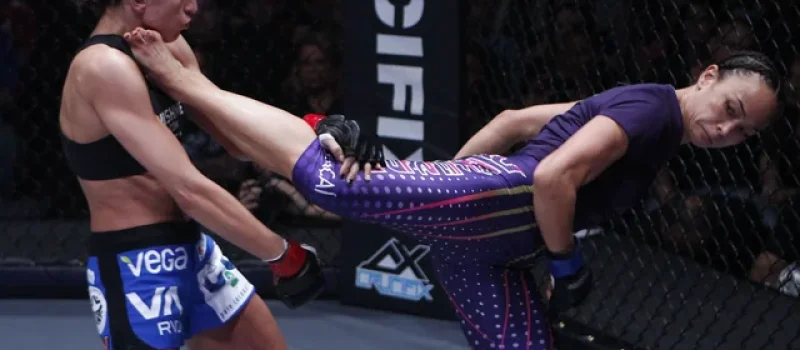
Kicks and Knees to the Opponent on the Ground
While it is acceptable to kick or knee an opponent in the head while they are standing, doing so when they are on the ground is against the rules. A fighter may lose points or even face disqualification for kneeing or kicking a downed opponent. This rule is in place to prevent excessive force on a defenseless opponent and reduce the risk of severe injuries. However, it’s important to note that strikes during grappling exchanges on the ground, where both fighters are down, are allowed.
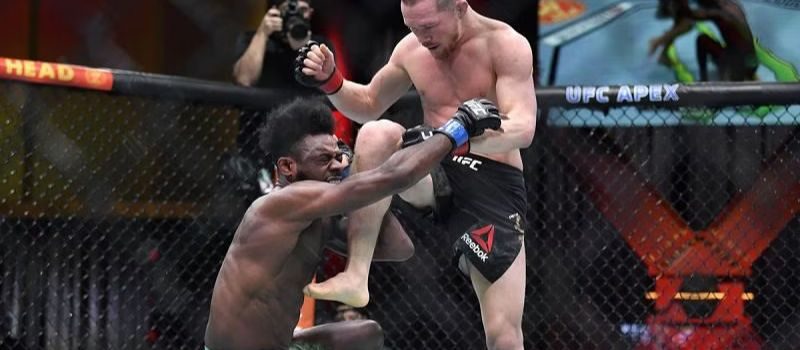
Back of the Head
Striking the back of the head, also known as rabbit punching, is strictly prohibited in the UFC. The back of the head and the spine are particularly vulnerable areas that, when targeted, can result in severe, life-long damage and even fatalities. While techniques involving extensive head movement, such as striking the back of the head, are more common in boxing, they can occur in MMA when a fighter gains access to their opponent’s back. Referees are tasked with closely monitoring strikes to the back of the head due to the potential danger they pose.
Eye Poking
Eye poking involves intentionally or accidentally poking the opponent’s eyes with open fingers. This act can cause serious harm and potentially impair the vision of the affected fighter. While eye pokes occasionally result in point deductions or disqualifications, they often go unpunished. Fighters are instructed to keep their fingers closed when reaching out to minimize the risk of eye pokes. However, due to the dynamic nature of MMA, accidental eye pokes can still occur.
Hair Pulling
Hair pulling is not a common occurrence in the UFC, even in the female division. However, it can occasionally happen during clinches or grappling maneuvers when fighters are engaged in close-quarters combat. Pulling an opponent’s hair can be extremely painful and is considered an illegal move. It can provide an unfair advantage by allowing a fighter to gain control or prevent their opponent from overpowering them. Hair pulling is widely regarded as one of the most painful and unsportsmanlike actions in the UFC.
Ufc bite
Biting is completely banned in the UFC, as it is in all combat sports. While it is a rare occurrence, biting can cause significant harm to the opponent and is considered a serious violation of the rules. Fighters must alert the referee if they are bitten during a fight, as the referee may not be able to see all the actions taking place inside the Octagon. Biting can lead to immediate disqualification and can tarnish the reputation of the offending fighter.
Small Joint Manipulation
Small joint manipulation involves tugging, twisting, or bending an opponent’s fingers, toes, wrists, or ankles to lock one or more of the joints in those limbs. While some martial arts may teach techniques for breaking fingers or toes, this form of manipulation is strictly prohibited in the UFC. Fighters are prohibited from intentionally causing damage to their opponent’s small joints. Instead, joint locks and chokes targeting larger joints, such as the arms, shoulders, or legs, are allowed within the rules of the sport.
Fence Holding
While fighters are allowed to lean their hands and feet against the cage for support or to create leverage, grabbing or holding the fence itself is strictly prohibited. The fence is an integral part of the Octagon and should not be used as a means to prevent takedowns or maintain a position. Fighters who grab the fence to impede their opponent’s progress may face penalties or warnings from the referee. However, fighters can push off the cage with their hands or legs to create separation or change positions.
Holding Opponent's Shorts or Gloves
Holding an opponent’s shorts or gloves during clinches or grappling maneuvers is also illegal in the UFC. While accidental grabbing may occur due to the fast-paced nature of the sport, intentionally holding onto the opponent’s attire can provide an unfair advantage or restrict their movement. The focus should be on technical skill and strategy rather than relying on clothing to gain an upper hand. Referees closely monitor these actions and may issue warnings or penalize fighters who engage in such behavior.
Soccer Kicks
Soccer kicks, also known as PK (penalty kicks), involve kicking an opponent while they are in a standing or semi-standing position. These kicks resemble the strikes seen in soccer games, where a player kicks the ball. In MMA, soccer kicks are considered highly dangerous and are strictly prohibited in the UFC. The force and impact of a soccer kick can cause severe injuries, including broken necks. To prioritize fighter safety, the UFC has banned this particular move.
Conclusion
As fans of MMA and the UFC, it is crucial to understand the ufc illegal moves also rules and regulations that govern the sport. The UFC follows the Unified Rules of Mixed Martial Arts to ensure fair competition and protect the well-being of the fighters. Illegal moves, such as piledriving, fish hooking, and strikes to prohibited areas, are strictly prohibited due to their potential for severe injuries. By recognizing these red flags and understanding the consequences, we can appreciate the skill and athleticism of the fighters while ensuring a safe and entertaining experience inside the Octagon.
FAQs
Q: Do fighters have to register their hands?
A: No, fighters do not have to register their hands. The notion of registering hands is a common misconception and not a requirement in the UFC or any other professional combat sports organization.
Q: Are headbutts allowed in the UFC?
A: No, headbutts are not allowed in the UFC. Striking an opponent with the head, intentionally or unintentionally, is strictly prohibited due to the potential for severe injuries, including brain trauma.
Q: Can you tickle in UFC?
A: Tickling is not an authorized technique or move in the UFC. The sport focuses on strikes, grappling, and submissions rather than tickling as a means of offense or defense.
Q: What are the banned moves in the UFC?
A: The UFC has a list of banned moves that includes piledriving, fish hooking, headbutts, 12-6 elbows, groin strikes, throat strikes, kicks and knees to the opponent on the ground, strikes on the back of the head, eye poking, hair pulling, biting, small joint manipulation, fence holding, and holding opponent’s shorts or gloves.
Q: Do UFC fighters have to wear ear guards?
A: UFC fighters are not required to wear ear guards. However, ear guards, also known as ear protectors or “cauliflower ear” guards, are commonly used in combat sports like wrestling and Brazilian Jiu-Jitsu to protect the ears from injuries.


